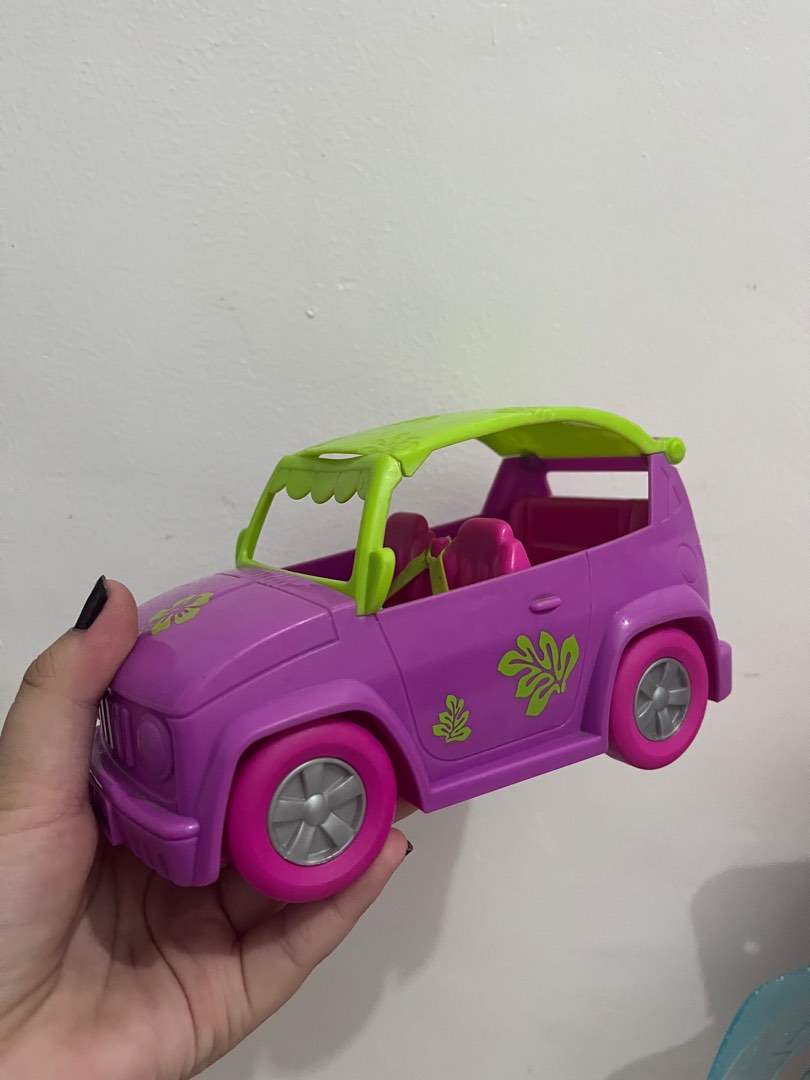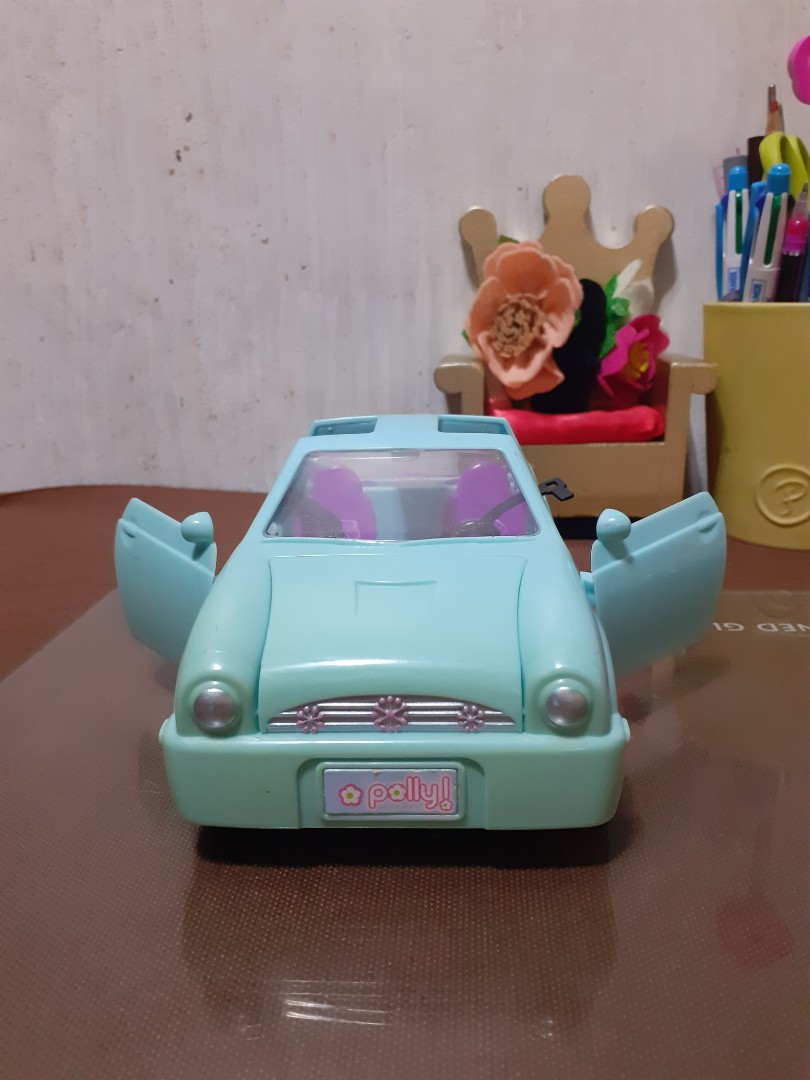Have you ever wondered how a tiny toy car could encapsulate the essence of an entire childhood? Polly Pocket Car Collection has done just that. These miniature vehicles, with their vibrant designs and intricate details, have become symbols of nostalgia for millennials and Gen Z alike. The resurgence of interest in these toys on platforms like TikTok highlights their timeless appeal. As we delve deeper into this phenomenon, it becomes evident why these small-scale masterpieces continue to captivate audiences worldwide.
Polly Pocket Cars first appeared in the late 1980s, designed by Mattel as part of the broader Polly Pocket line. Initially conceived as accessories accompanying larger playsets, these cars quickly gained popularity due to their portability and charm. Each vehicle featured unique themes ranging from animals to fruits, ensuring there was something for every child's imagination. Over time, the collection expanded significantly, introducing helicopters, cycles, and even life-sized versions inspired by original designs. This evolution mirrors societal changes while maintaining core elements that made them beloved initially.
| Bio Data & Personal Information | Career & Professional Information |
|---|---|
| Name: Polly Pocket (Toy Line) | Company: Mattel Inc. |
| Origin: United States | Industry: Toy Manufacturing |
| Years Active: 1989 - Present | Notable Products: Mini Cars, Playhouses, Life-Sized Replicas |
| Creator: Michael J. Emme | Website: Mattel Polly Pocket |
One notable aspect of the Polly Pocket Car Collection is its ability to adapt to modern trends without losing authenticity. For instance, recent releases incorporate contemporary aesthetics yet retain classic features such as compact size and detailed interiors. Fans appreciate this balance between innovation and tradition, making each new release eagerly anticipated. Moreover, collaborations with popular culture icons enhance visibility among younger generations unfamiliar with the brand's origins.
YouTube serves as another platform where enthusiasts share their passion for these diminutive automobiles. Content creators often produce unboxing videos, historical overviews, and comparisons across different eras within the series. Such content not only educates viewers but also fosters community engagement through shared experiences. One example includes analyzing how specific models reflect broader fashion or technological advancements during respective periods – further cementing their status as cultural artifacts.
Azhelle Wade, author of Tiny But Mighty, recounts her personal connection with Polly Pocket products in interviews. She recalls discovering similarities between real-world architecture and fictional playhouse designs, suggesting potential influences behind certain creations. Such anecdotes underscore the profound impact these toys had on individuals' formative years while simultaneously offering insights into design processes employed by manufacturers.
In addition to digital spaces, physical manifestations of Polly Pocket fandom exist too. Limited edition Airbnb listings featuring life-sized replicas allow fans to immerse themselves fully in nostalgic settings reminiscent of childhood adventures. These immersive experiences extend beyond mere visual appreciation; they encourage interaction and exploration akin to original gameplay scenarios. Consequently, they serve dual purposes: preserving heritage while attracting new converts.
Despite evolving tastes and preferences among consumers, Polly Pocket remains relevant today thanks largely to strategic marketing efforts coupled with quality craftsmanship. By leveraging both traditional methods and cutting-edge technology, Mattel ensures continued relevance in competitive markets dominated by tech-driven alternatives. Furthermore, embracing social media platforms enables direct communication channels between producers and end-users, fostering loyalty and encouraging feedback loops essential for sustainable growth.
As evidenced above, Polly Pocket Cars represent more than mere playthings; they embody memories cherished by countless individuals globally. Their journey from humble beginnings to global recognition exemplifies successful branding strategies centered around authenticity and adaptability. Looking ahead, anticipation builds regarding future innovations set to redefine boundaries once again within this iconic franchise.
For those unfamiliar with Polly Pocket Vehicles, understanding their significance requires examining various factors contributing to sustained success over decades. From initial conception stages involving meticulous planning and execution to present-day adaptations addressing shifting consumer demands, each phase contributes uniquely towards overall legacy building efforts. Ultimately, what sets apart this particular segment lies in its capacity to evoke strong emotional responses tied directly to personal histories experienced collectively yet individually interpreted.
While some may view collecting vintage items merely as hobbyist pursuits, others recognize deeper meanings embedded within seemingly innocuous objects. In case of Polly Pocket Cars specifically, they function as portals connecting past realities with current aspirations thereby bridging generational gaps effectively. Through careful preservation alongside thoughtful reinvention, Mattel continues nurturing relationships formed originally decades ago ensuring mutual benefit moving forward indefinitely.



